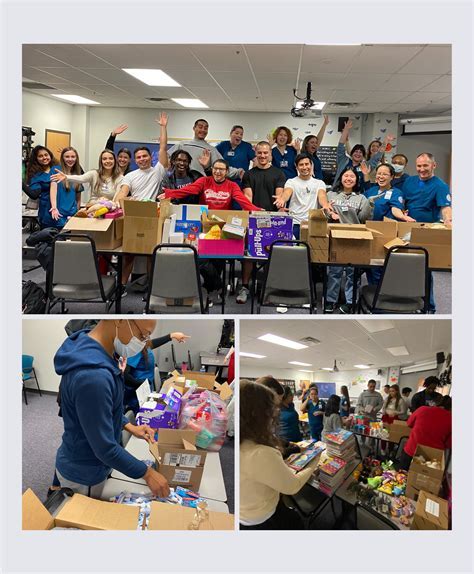Introduction
Unit 7 of AP Psychology delves into the captivating realm of social psychology, examining how individuals think, feel, and behave in social situations. From conformity and obedience to prejudice and intergroup conflict, this unit unravels the multifaceted dynamics that shape our interactions with others.

Social Cognition and Social Perception
Social Categorization and Stereotyping
We categorize people into social groups based on shared characteristics. While this simplifies social interaction, it can also lead to stereotyping, where we attribute fixed characteristics to an entire group.
Attribution and Self-Fulfilling Prophecy
We attribute others’ behaviors to internal (dispositional) or external (situational) factors. The self-fulfilling prophecy occurs when our expectations shape the behavior of others, reinforcing our initial beliefs.
Cognitive Dissonance
Cognitive dissonance arises when we hold conflicting beliefs or behaviors. To reduce this discomfort, we may change our attitudes or behaviors to align with our actions.
Social Influence
Conformity and Obedience
Conformity occurs when we change our behavior to match that of a group. Obedience involves following a direct command from an authority figure.
Social Facilitation and Social Loafing
Social facilitation occurs when the presence of others improves our performance on well-rehearsed tasks. Conversely, social loafing occurs when individual efforts are reduced in groups.
Persuasion
Persuasion techniques exploit psychological biases, such as the foot-in-the-door effect and the lowball technique.
Group Dynamics
The Social Identity Theory
This theory suggests that people define their self-concept in terms of the groups they belong to, which influences their behaviors and attitudes.
Group Cohesion and Conflict
Group cohesion, or the “we-feeling,” positively affects group performance and satisfaction. Conflict within groups can be both constructive and destructive, depending on how it is managed.
Groupthink and Deindividuation
Groupthink occurs when a group becomes highly cohesive and suppresses dissent, leading to poor decision-making. Deindividuation occurs when individuals lose their sense of personal responsibility within a group.
Applications of Social Psychology
Prejudice and Discrimination
Social psychology investigates the causes and consequences of prejudice and discrimination against minority groups.
Improving Intergroup Relations
Researchers explore methods to promote intergroup contact, reduce prejudice, and foster greater understanding between different groups.
Reducing Aggressive Behavior
Social psychology provides insights into the causes of aggression and proposes strategies to reduce its prevalence in society.
Tips and Tricks
- Active Recall: Engage with material regularly to improve recall and understanding.
- Practice Social Observation: Pay attention to social interactions and apply psychological concepts to interpret them.
- Join Study Groups: Collaborate with peers to exchange ideas and support each other.
- Seek Professional Help: Don’t hesitate to consult a therapist or counselor if you experience persistent social difficulties.
Tables
Table 1: Social Influence Techniques
| Technique | Description | Example |
|---|---|---|
| Reciprocity | Requesting a small favor to increase compliance | Asking for a donation after receiving a free sample |
| Liking | Using personal connections to influence others | Complimenting someone to gain favor |
| Authority | Using a figure of authority to persuade | Presenting information from a scientific journal |
| Scarcity | Creating a sense of urgency to increase desirability | Offering a limited-time promotion |
Table 2: Group Dynamics
| Concept | Definition | Example |
|---|---|---|
| Group Cohesion | The extent to which group members feel connected and unified | A team that spends time together outside of work |
| Groupthink | A phenomenon where group members avoid dissent and suppress opposing views | A corporate board that unanimously approves a risky investment |
| Deindividuation | The loss of personal identity within a group | A crowd of people engaging in destructive behavior |
| Social Loafing | The tendency to exert less effort in a group situation | A student who skips studying for a group project |
Table 3: Social Psychology Applications
| Application | Goal | Example |
|---|---|---|
| Reducing Prejudice and Discrimination | Promote intergroup contact and challenge stereotypes | Anti-racism workshops |
| Improving Intergroup Relations | Enhance empathy and communication between different groups | Cross-cultural exchange programs |
| Reducing Aggressive Behavior | Identify and address the root causes of aggression | Anger management classes |
| Enhancing Leadership | Develop effective leadership skills and influence others positively | Leadership development seminars |
Table 4: Research in Social Psychology
| Researcher | Key Findings | Importance |
|---|---|---|
| Solomon Asch | Demonstrated the power of conformity | Highlighted the dangers of group pressure |
| Stanley Milgram | Examined the limits of obedience | Exposed the influence of authority figures |
| Henri Tajfel | Developed the social identity theory | Explained how group membership shapes self-concept |
| Amy Cuddy | Studied the impact of body language | Showed how power poses can boost confidence |
